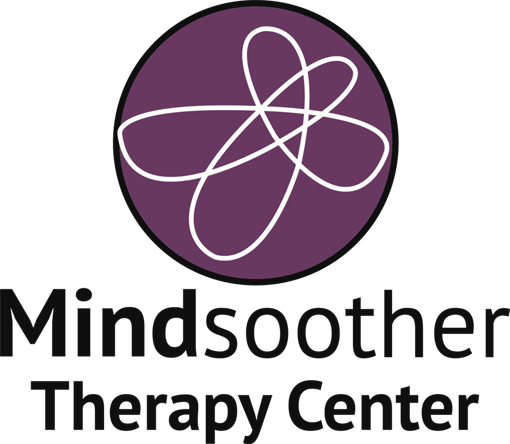What Went Wrong? Understanding Your Child's Reactions
Have you had trouble seeing eye to eye with your child lately? Do calm conversations tend to turn into heated exchanges? Are you left wondering, “where did things go wrong?” Understanding your kids can be tricky. As they get older and navigate increasingly complex emotions and situations, you may feel like you’re on totally different pages. One thing leads to the next, your emotions begin to spiral, and you’re in another full blown argument before you know it.
You don’t have to be stuck in a cycle of chaos and confusion. By mapping out the chain of events and analyzing each step of the way, you can find points in which you could act differently and then change the outcome. The DBT skill Behavioral Chain Analysis walks you through the process. Behavioral Chain Analysis helps you determine what you could do differently when dealing with problematic behavior with your child. All you have to do is follow these steps…
Start by determining the problem behavior. Describe the problem in detail to yourself or in writing, using specific information. What did you say, do, or think? You should give enough details so that someone who didn’t know anything about it could understand. For example, you simply cannot get out the door in the morning without an aggressive argument with your daughter about oversleeping.
Next, consider the triggers. What caused the problem behavior? What was happening the moment that the problem started? What were you thinking, feeling, or doing at the time? What were the exact events that triggered it? From the example above, you’ve asked your daughter to get ready for school three times and now you’re late. You’re feeling aggravated and angry.
Then, think about your vulnerabilities. What factors (both internal and external) make you vulnerable? What makes you more susceptible to acting on problem behavior? Examples of vulnerabilities are intense emotions, illness, problems eating or sleeping, feeling hungry, feeling very tired, stressful environments, feeling anxious or overwhelmed, drugs and alcohol, or having a similar negative past experience. From the example above, you’re under a lot of stress with an impending deadline at work, which means less sleep lately and less time to practice self care.
The next step is to find the links in the behavioral chain. Think about what events link your triggers to your problem behavior. Consider every step along the way, even small moments, and describe it in detail. Links can be actions, body sensations or feelings, beliefs or thoughts, or emotions. For example, your feelings of aggravation and anger continue to elevate. Your body feels hot and your anxiety surrounding work is at an all time high. You’re certain your daughter will never succeed if she cannot practice better habits now.
What are the consequences of the problem behavior? This can include both short term and long term consequences. How did you feel immediately after the problem behavior? How did your behavior affect the environment? For example, your screaming match with your daughter results in added stress and negative emotions that linger throughout the day. You’re much more on edge towards your colleagues and you’re unable to focus properly on your day to day tasks.
Now that you have mapped out the behavioral chain, you can find solutions to prevent the problem behavior. Look back at the chain and determine areas where you could have done something differently to prevent the behavior. Then, you can make a plan for the next time your triggers arise. For example, you’ve neglected your routine morning meditation the past week in order to designate more time to your work project. This has changed the way you’ve started your day and prevented you from starting the day with a clear mind. Furthermore, before asking your daughter for the fourth time to get out of bed, take a step back and use a skill. By approaching the situation in a more wise minded way, you’re more likely to avoid your argument and feel more confident in addressing the situation.
Behavioral Chain Analysis works best if you write out the chain on a piece of paper, so you can see the entire chain in front of you as you’re analyzing. By mapping out the behavioral chain, you can better understand the dynamics of your relationship, find areas where you could utilize coping skills, and act differently with your child in order to change the outcome.

